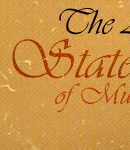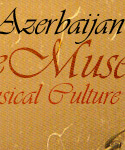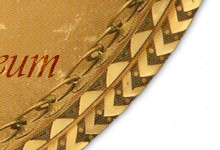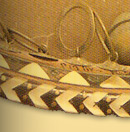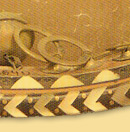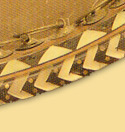Ud
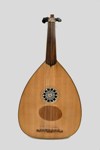
Listen

|
The ud is a plucked string instrument that is widespread among Arabic
peoples, in Turkey, Iran and many other Eastern countries . The word “ud” in
translation from Arabic literally means “tree”. According to sources, the
earliest historical data about the ud is contained in the works of Ishag Ibn
Ibrahim of Mosul (767-849) and Abu Nasr Farabi (870- 950).
The ud was very important for the development of medieval culture in the
Middle East. There are legends in many ancient treatises testifying to the ud’s
ancient history. Abdulgadir Maraghayi wrote in his commentary to the “Kitab al
Advar” (“A Book of Music Cycles”) (1252) treatise by Safiaddin Abdulmomin Urmavi
that this musical instrument was invented by one of the Prophet Mohammad’s
grandsons.
However, a number of medieval scientists and musicians, including the great
Nizami Ganjavi, ascribed the invention of the ud to the ancient Greek
philosopher Plato. The outstanding scientist and musicologist Safiaddin Urmavi
took an active part in the improvement of this instrument and in the formation
of its scale.
The original, powerful sound of the ud is mentioned in Fuzuli’s “Haft
Jam”:
Once I arranged a joyous feast,
I did it for a mystery.
As soon as the ud sounded in the room,
The fire burned my soul.
The ud was frequently represented in miniatures. In medieval sources, the
four strings of the ancient ud represented the four elements of Nature: fire,
water, earth and air. These strings had the following names: the first was zil
(“of the highest pitch”); the second, masna; the third, maslas; and the fourth,
bam (“of a low pitch”). Later, a fifth string named “had” was added.
The structure and form of the ancient ud has undergone a number of reforms
throughout the centuries, resulting in the perfected form of today. Brought by
the Arabs to Spain, the ud was widely distributed in Western countries and known
as the lute.
The body of the ud is placed on the right knee, and the performer’s right
hand clasps it to the breast. The modern ud has one single and five double
strings (11 in total). The strings are made of silk thread, gut and a special
kapron, and are tuned in perfect fourths.
The ud has a pear-shaped body, a neck and a head with pegs. The body is made
by assembling several parts made of sandalwood, wal nut and pearwood. The wooden
lags that are used to assemble the body are cut into five-mm-thick pieces. They
are warmed and then, with the help of special boot-trees, shaped into a bent
form. Then, all of the parts are assembled. The top sounding board is made of
pine and is five mm thick. The total length of the instrument is 850 mm. The
body is 350 mm wide, 480 mm long and 200 mm tall.
The range of the ud goes from the “mi” of the great octave to the “fa” of the
second octave. The ud is played in orchestras and ensembles of traditional
instruments as a solo and accompanying instrument.
|
